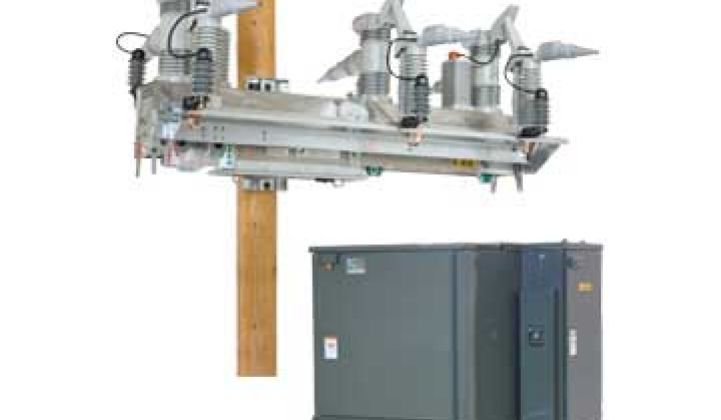As strong, sudden thunderstorms storms known as 'derechos' ripped across the mid-Atlantic region late last month, leaving millions without power from Ohio to Virginia, many people asked why the utilities in the regions couldn’t restore service faster.
Down in Chattanooga, Tennessee, another unexpected storm blew through town just days after the derechos hit the other states. For EPB Chattanooga, the municipal utility that serves 170,000 customers, it was the first storm where it got to see its smart grid investment work in tandem to cut the amount of power outages at least in half.
“This was the first one [during which] we had this magnitude of automation, and it made a difference in the way we ran the storm, especially the first night,” said Jim Glass, manager of smart grid development at EPB Chattanooga.
EPB still saw about 30,000 customers lose power, but there are an estimated 50,000 more that would have lost power if it wasn’t for the utility's 1,200 S&C IntelliRupter automated switches that have been put on the distribution grid since early 2011. The utility also boasts one of the fastest internet pipelines in the world and a full rollout of smart meters.
During a typical outage, EPB’s command center is controlled chaos, which is true for most utilities, said Danna Bailey, spokesperson for EPB. But that was not the case last week. Operators could easily identify where the problems were by looking at which switches had been closed. Far more customers only had their lights flicker or go out for a few seconds, as the switches acted on breakers in between the feeders.
In the past, if there was a fault on the feeder, 1,000 customers might be affected, said Glass. Now, with about seven switches on each feeder, that number is usually cut to 150 customers. During the most recent storm, about 60 of the new switches locked out to interrupt a fault, and only eight feeders on EPB’s 12-kilovolt system were taken out.
It’s difficult to put a dollar figure on the savings, said Glass, as crews still need to go out and repair lines where the fault occurred. However, it is estimated that outages cost the municipality about $100 million per year, so even if it is difficult to quantify, the new system could reap significant savings.
“If we can make a significant impact on outages in our community, we’re improving the bottom line for businesses,” said Glass, “even if it doesn’t show up in our financials.”
With the new switches, crews know where to find the faults, rather than driving down entire lines looking for downed limbs or other signs of damage. In the past, Glass said it was trial and error to locate faults.
But not any more. Even last fall, before all of the automated switches were installed, EPB avoided 250 truck rolls after a storm by knowing where the faults were. “We didn’t have to spend nearly as much time patrolling and troubleshooting,” said Glass, “which is often the bulk of the work done the first day after a major storm. “
EPB Chattanooga is not the only utility installing smart switches, but it is far and away the leader in automated feeder switches right now given its 600-square-mile territory. The stimulus funds have helped to install more than 5,700 automated feeder switches nationwide, with more than 1,500 deployed at Southern Company (but over a much larger territory than Chattanooga). Many other utilities, including Consolidated Edison, Duke Energy Carolinas, Avista, NSTAR, CenterPoint and others also have hundreds of automated switches, according to smartgrid.gov. Other utilities, such as Vermont Electric Cooperative, are also reaping the benefits of its smart grid during storms.
For Chattanooga, which has smart meters and distribution automation working together, with more switches being installed on transmission lines, the benefits are just starting to roll in. “Smart grid doesn’t make [storms] go away, but it sure makes it easier to recover from them,” said Bailey. “I think we’re getting a glimpse into what restoration will look like in the future.”



